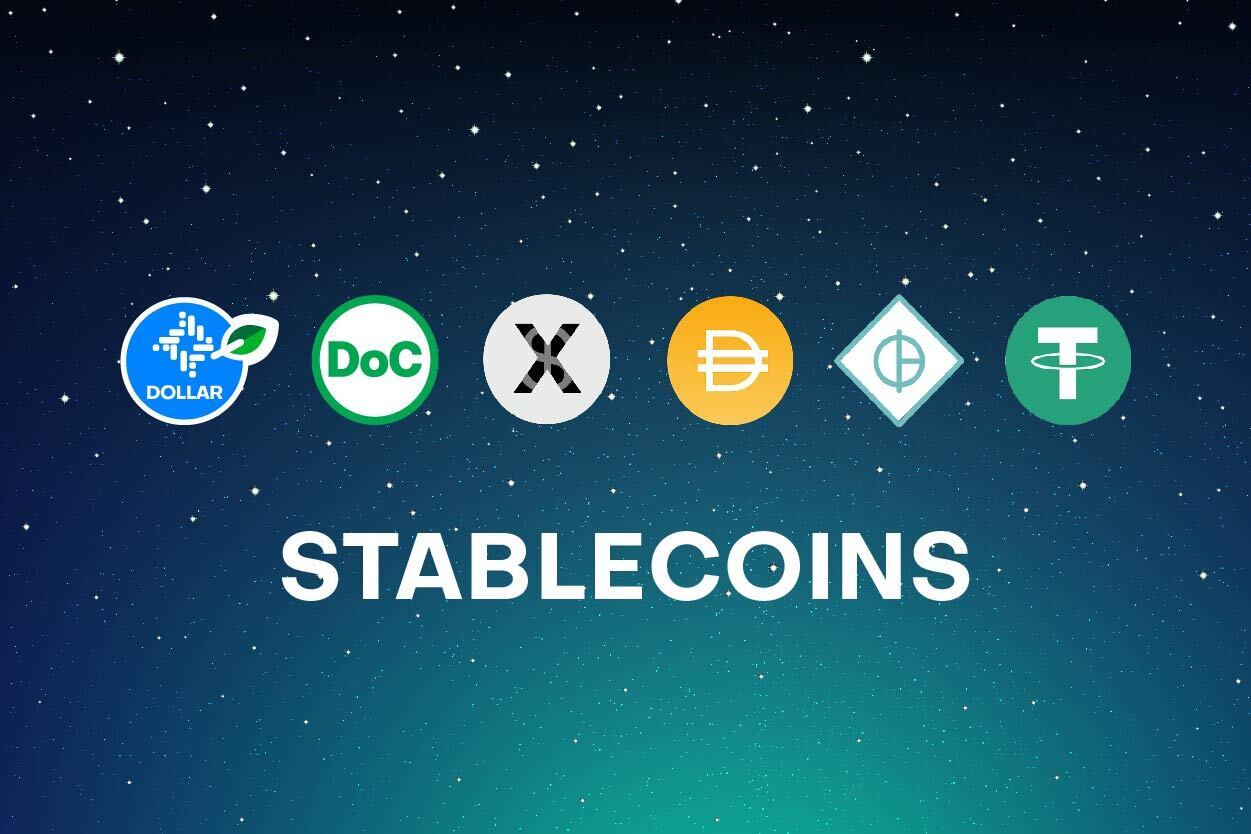The crypto world continues to evolve quickly, and stablecoins are becoming a key part of this transformation. A new report, The State of Stablecoins 2025: Supply, Adoption & Market Trends, published by on-chain data platforms Artemis and Dune, reveals just how fast stablecoins are gaining ground. From February 2024 to February 2025, the number of active stablecoin wallets jumped from 19.6 million to over 30 million. That’s a 53% increase in just one year, highlighting how stablecoins are becoming an essential link between traditional finance and the digital economy.
Surge in Stablecoin Wallets Shows Widespread Growth
The sharp rise in active wallet addresses points to growing user engagement with stablecoins. These digital assets, usually pegged to the US dollar, offer price stability that sets them apart from more volatile cryptocurrencies like Bitcoin or Ethereum. That makes them useful for everyday spending, investing, and managing risk during market swings.

The chart illustrates stablecoin growth between February 2024 and February 2025, data from Artemis.
The report connects this growth to several major trends:
- More institutions are using stablecoins.
- Access to stablecoins has become easier for everyday users.
- Use cases like payments and DeFi applications continue to expand.
As more people recognize these benefits, stablecoins are finding their way into financial strategies across the board.
Total Stablecoin Supply Rises 63%
In addition to more users, the overall supply of stablecoins has climbed significantly. In February 2024, the total supply stood at $138 billion. By February 2025, that number had grown to $225 billion. That’s a 63% increase over the year. Because most stablecoins are pegged to the US dollar at a 1:1 ratio, their market value closely reflects their total supply.
This increase signals rising demand across both individual and institutional users. Retail users are turning to stablecoins for faster and cheaper cross-border payments. Meanwhile, institutions are relying on them for efficient, large-scale transfers. The report ties this trend to stablecoins becoming a core building block of digital finance.
Stablecoin Transfer Volume More Than Doubles
One of the most striking figures in the report is the jump in transfer volume. In February 2024, stablecoins moved $1.9 trillion in value. By February 2025, that figure had surged to $4.1 trillion—a 115% increase year-over-year. The biggest spike came in December 2024, when transfer volume hit a record $5.1 trillion before easing slightly in early 2025.
Over the full year, stablecoins handled $35 trillion in transactions. This massive total shows just how central they’ve become in the broader crypto economy. Their flexibility makes them suitable for small everyday purchases and large institutional payments alike. With low transaction costs and fast processing, they continue to attract a wide range of users.
Average Transfer Size Holds Steady with Some Spikes
While the number of transactions and total volume grew dramatically, the average transfer size remained mostly stable. It rose only slightly, from $676,000 in February 2024 to $683,000 a year later. However, the report points out a few noticeable spikes. In May 2024, the average transfer hit $2.6 million, and in July 2024, it rose to $2.2 million.
These spikes likely reflect periods when institutions or large holders moved significant amounts of capital. The data reinforces the idea that stablecoins serve both retail and high-value institutional users. Artemis and Dune analysts see this dual function as a major factor behind the continued adoption of stablecoins.
Why Stablecoins Are Gaining Momentum

Several key factors are driving the rise of stablecoins. First, more companies are using them for treasury management and global payments. Second, stablecoins are widely used in DeFi, where they serve as liquidity and collateral. Third, they have become a faster, cheaper alternative to traditional cross-border payment systems.
Access has also improved. More platforms now offer user-friendly ways to buy, hold, and spend stablecoins. As a result, both crypto newcomers and seasoned investors are finding reasons to use them. Their stability and versatility make them a reliable gateway between fiat currency and the broader crypto economy.
What the Future Holds
The data from The State of Stablecoins 2025 shows that stablecoins are moving far beyond niche status. With a 53% increase in users, a 63% rise in supply, and a 115% surge in transfer volume, they’re becoming a central part of the financial system.
Looking ahead, experts expect stablecoins to grow even faster as regulations become clearer and the technology continues to mature. For now, they offer a stable, efficient, and practical solution in a world where digital finance keeps gaining momentum.
Whether you’re exploring crypto for the first time or managing assets for a business, stablecoins are playing a bigger role than ever—and they’re worth paying attention to.






